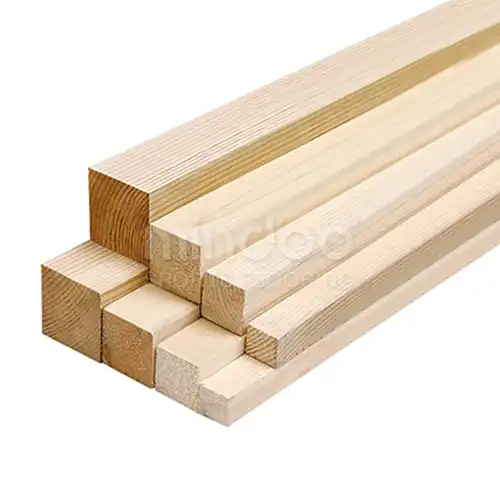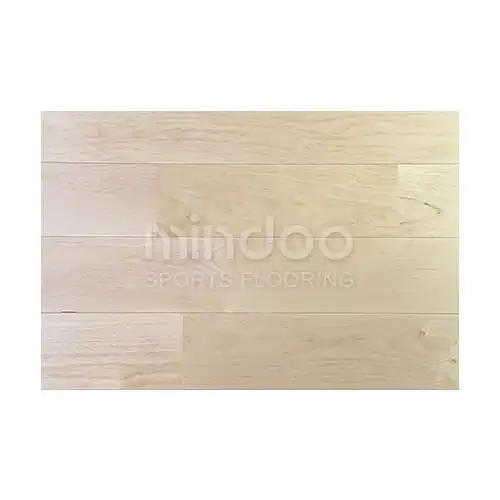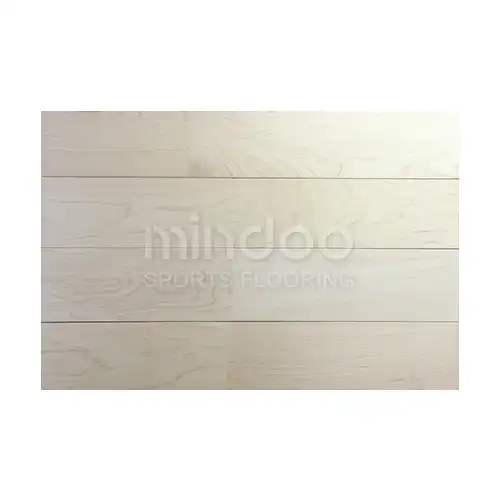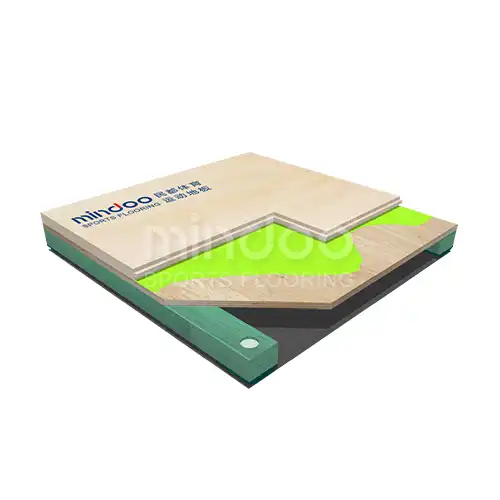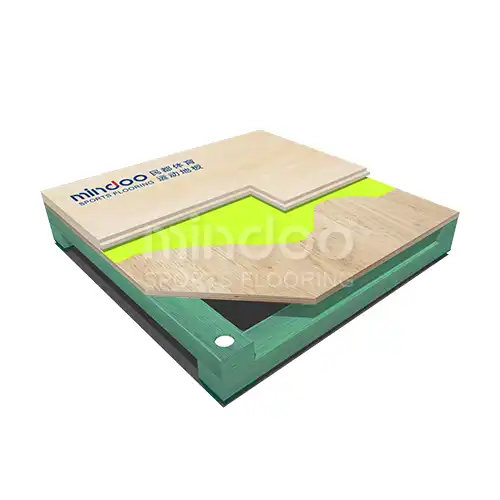How Different Sizes of Sports Wooden Flooring Impact Athletic Performance
When it comes to sports wooden flooring, there’s more than meets the eye. While most people might simply think about aesthetics or durability, the size and design of the flooring panels can have a significant effect on the performance and safety of athletes. As a leading manufacturer of high-quality sports flooring, we’ve spent years perfecting the art of creating solutions that are not only beautiful but also enhance the overall athletic experience.
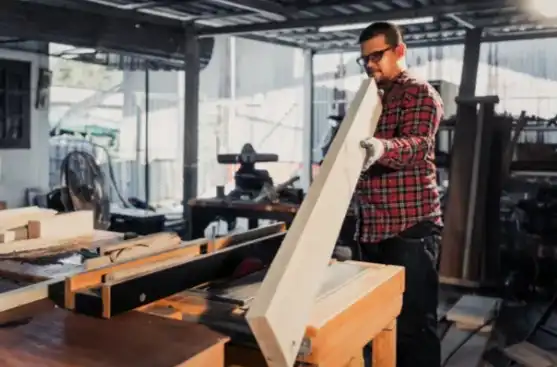
1. The Role of Panel Size in Cushioning and Shock Absorption
When we talk about the size of sports wooden flooring, one of the most important factors to consider is shock absorption. Larger wooden panels tend to offer more cushioning due to their increased mass. This can be particularly beneficial in sports that involve high-impact movements, like basketball, volleyball, or indoor soccer. The cushioning provided by larger panels reduces the stress on athletes’ joints and muscles, which is crucial for injury prevention.
On the flip side, smaller panels, though not as dense, may provide a firmer, quicker response to movements. For athletes who need fast-paced, high-energy flooring, such as in tennis or badminton, the smaller sizes can offer better control and agility by providing less resistance. The key takeaway is that the panel size should align with the specific demands of the sport to create the optimal balance between comfort and responsiveness.

2. Durability and Maintenance Considerations
A common misconception is that larger panels are always more durable. However, when it comes to sports flooring, durability is more about how the wood is treated and the joint systems used rather than the sheer size of the panels. That said, larger panels can lead to fewer seams, which means there are fewer opportunities for dirt, moisture, and debris to accumulate, making cleaning and maintenance simpler.
For smaller panels, while they can provide more flexible designs and can be easier to replace when damaged, they do require more frequent cleaning due to the increased number of seams. In the long term, this can lead to higher maintenance costs. However, when used in areas with lower traffic or specialized sports environments, smaller panels can still be a great choice.
3. Aesthetic Appeal and Customization Potential
One of the standout benefits of varying the size of your flooring panels is the flexibility it offers in terms of aesthetics. Larger wooden panels tend to create a more modern, streamlined look, while smaller, thinner panels can provide a traditional, more textured visual effect. This aesthetic factor isn’t just about looks—it also plays into the psychological aspects of sports performance. For instance, a visually cohesive and appealing flooring design can elevate the overall experience for athletes and spectators, boosting their sense of professionalism and focus.
Additionally, different sized panels allow for greater creativity in the design and layout of the sports venue. Custom patterns, logos, or team colors can be integrated seamlessly into the flooring, making the space feel more personalized. In high-profile sports arenas or training facilities, this level of customization enhances the environment, contributing to a team’s identity and boosting morale.

4. Traction and Grip: An Athlete’s Key Concern
The size of the wooden flooring panels also affects the traction and grip underfoot. Larger panels typically have fewer joints, which can lead to a smoother surface with fewer disruptions to an athlete's stride. This can reduce the risk of slips or uneven footing, important for sports like basketball where rapid pivots and sprints are the norm.
Conversely, smaller panels, particularly those designed with interlocking systems, can create slight variations in the surface texture, which may enhance grip. In sports where the ability to "feel" the court is vital, such as table tennis or badminton, smaller panels can provide a bit more texture, aiding in control. In essence, panel size affects the way athletes interact with the court, and the proper selection can make all the difference in performance and safety.
5. Heat and Moisture Regulation: A Subtle Yet Crucial Element
Temperature and moisture regulation is often overlooked when considering flooring size, but it plays a critical role in overall performance. Larger panels generally tend to hold temperature more effectively due to their larger surface area, which can help maintain a consistent playing environment throughout the day. Additionally, they may be more resilient to changes in humidity, as there are fewer seams that allow moisture to seep through.
Smaller panels, however, provide better ventilation and may allow for quicker evaporation of sweat or moisture on the court surface. This makes them ideal for sports with higher levels of perspiration, like handball or indoor hockey, where traction and grip are heavily influenced by surface moisture. For facilities in regions with fluctuating temperatures or humidity levels, choosing the right panel size can contribute to maintaining a more stable and comfortable indoor environment.
6. Environmental and Sustainability Considerations
In today’s world, sustainability has become an integral factor in every aspect of construction, including sports flooring. Larger panels may seem like an eco-friendly choice due to fewer seams and less material wastage, but sustainability is more about sourcing the wood responsibly and minimizing the environmental footprint during production. Whether using larger or smaller panels, it’s essential to choose flooring that comes from certified, sustainably managed forests to ensure minimal environmental impact.
By selecting the right size for the space, manufacturers can reduce the amount of energy needed for installation and future maintenance, leading to a more environmentally friendly outcome. This is especially relevant for sports venues or schools aiming for green certifications or looking to promote eco-consciousness within the community.
As experienced manufacturers in the field of sports wooden flooring, we specialize in offering tailored solutions that are perfectly aligned with your unique requirements. From professional arenas to school gymnasiums, we ensure that every square foot of flooring contributes to enhanced safety, performance, and visual appeal. After all, when it comes to sports, every detail matters—down to the size of each floorboard.
